People frequently speak about “getting through” grief. The truth is that you never get through; you just learn to accept it as a part of you. That was a theme for my 2024, and I think the shifts in the things I’m reading reflect that subtly, although perhaps less so for those who know me well. I’m happy to say that I read significantly more this year, and am excited for that trend to continue. In this post, I’ll share a few of my favorite books from the past year.
You can read last year’s favorite books here.
Fairy Tale
by Stephen King

Somehow or another, most of my favorite Stephen King books tend to be those that aren’t in his most well-known horror genre. While Fairy Tale certainly has elements of fright at times, it’s much more akin to a whimsical adventure novel.
Through a series of happenstances, young Charlie Reade is given ownership of a gateway into another world. The Narnia-esque plot sees him reluctantly entering this world and taking up the task of helping its citizens solve their problems. The characters are mysterious, creative, and magical. The scenes are vivid but imagination-provoking. I felt as though I was reading a modern, darker version of The Wizard of Oz, but with subtle undertones of dark fantasy I would expect from the author of 11/22/63, which was one of my all-time favorites. Even if you aren’t a traditional Stephen King fan, I think Fairy Tale is worth your time.
The Cult of Creativity
by Samuel W. Franklin
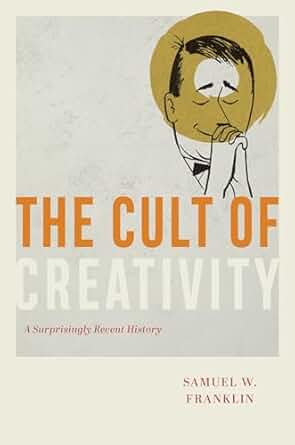
It’s difficult to conceptualize that many of the human traits we think about so much are constructs we’ve created to explain behavior. Creativity is one such construct, and The Cult of Creativity explores its inception and proliferation in modern society. You’ll learn about early research into the concept of creativity, how pop psychology and business turned creativity into a household term, and how society’s embrace of creativity shaped the understanding of the term before science could catch up.
Is creativity real on its own? Or is it an amalgamation of other, more specific concepts? What does behavioral research tell us? What does neuroscience tell us? These aren’t fully answered questions, but The Cult of Creativity explores these topics. You’ll be left with a deeper appreciation of creative capacity but with questions of your own about what creativity entails and how it manifests.
The Universe in a Single Atom
by the Dalai Lama
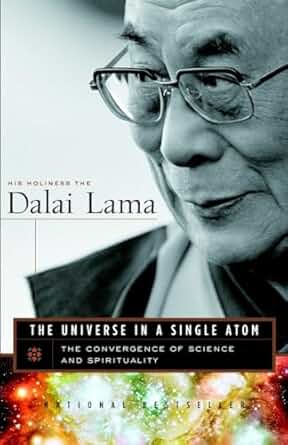
I’m the sort who subscribes to many facets of Buddhism as a moral philosophy and a way of understanding more than a religion. Traditionally, I’ve found that the Dalai Lama’s teachings support this viewpoint, and I was excited to read his take on modern science and astrophysics. I wasn’t disappointed.
In The Universe in a Single Atom, the Dalai Lama makes the case for science and Buddhism as two methods of understanding, attempting to say similar things but through different languages. Topics include things like evolution and karma, questions around consciousness, the beginning of the universe (or lack thereof), and the ethics of new genetics.
Those who find value in mixed methods research will value his appreciation for the qualitative and the quantitative. Academics will find his perspective on the value of the subjective experience as a way of understanding challenging to grasp. I found it jarring in ways that challenge some of my existing beliefs on traditional research methods.
I left this book on my nightstand for a few months after initially reading it, occasionally revisiting topics and highlighted segments. I expect things I learned here to be discussion topics amongst friends for many years to come. Even if you’re unfamiliar with Buddhist principles, you’ll gain meaningful perspective from this book.
Albert Einstein
by Walter Isaacson
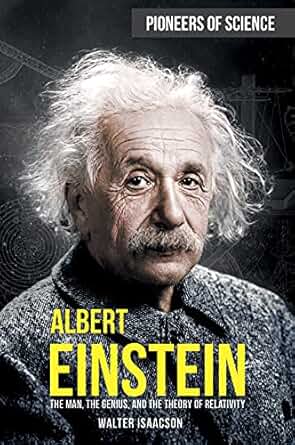
The more I learned about Einstein, the more I was fascinated by his genius. Because I study expertise, I’ve been curious about the nature of his genius, where it stemmed from, and its limitations. It was time to dig in, and Walter Isaacon’s biography was where I chose to do that.
In this book, Isaacson takes on the task of unraveling Einstein’s personal and professional life, charting his significant breakthroughs along the way. While the book starts slow, it quickly picks up as Einstein continues to tackle and solve mysteries of physics at a cosmic scale. Isaacson does a great job dispelling the oft-told “Eureka!” process of scientific discovery and instead plots how Einstein painstakingly whittled away at significant problems over time to achieve his results. Explaining Einstein’s contributions does require a significant foray into physics, and I think Isaacson did that about as well as someone could, but that did require going deep into the abyss a few times.
As any good biographer should, Isaacson laid out Einstein’s virtues and vices, painting a picture of the man’s flaws and limitations and not only his successes. These nuanced approaches are critical to celebrate ideas more than people and not fall idly into hero worship. Albert Einstein: The Man, The Genius, and the Theory of Relativity scratched my itch for learning about one of the most important figures in modern scientific history.
Lab Girl
by Hope Jahren
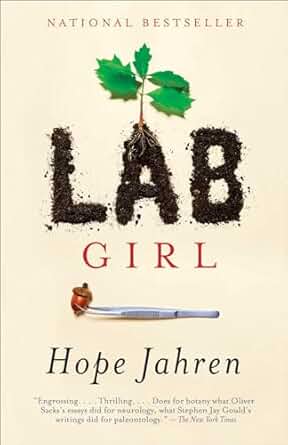
My favorite memoirs are often the author’s love letter to their craft. For Hope Jahren, Lab Girl is a love letter to dirt and everything that sprouts from it: trees, plants, mushrooms, and the like.
In Lab Girl, Hope Jahren describes her life as a research scientist and her struggles along the way. While she has her share of personal struggles, I was particularly fascinated by the portrait of research-based academia that she paints. Her research is unquestionably important, yet she still has to move from institution to institution in search of proper lab space, administrative support, and funding for her work. I think many policymakers and academic administrators would benefit from her story.
Along the way, you meet her curious Lab assistant and best friend, Bill, and a cadre of grad quirky grad students. Her story cultivated my curiosity while also providing a lot of laughter. Interestingly, it also made me want to dig in the dirt for a while to see what I might find. I suspect Jahren might get a kick out of that.
Beasts of Extraordinary Circumstance
by Ruth Emmie Lang
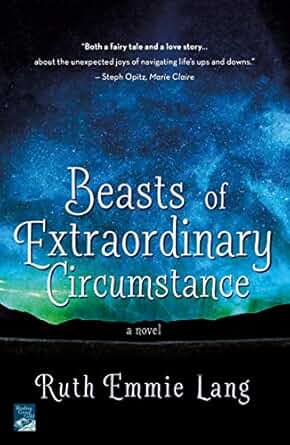
The last book I read in 2024 found me at precisely the right time, on the shelf of Goodwill for a mere dollar. Truth be told, I had never heard of the book, but the title and cover drew me in. Beasts of Extraordinary Circumstance follows the coming-of-age story of Weylyn Grey, a boy who literally grew up with wolves after his parents died when he was young.
Weylyn is special… extraordinary, you might say. He has a special connection to nature that comes with unique abilities. The story is told through the eyes of the people he meets throughout his life and spans his time from childhood into maturity. While the book doesn’t have a clear climax, I found it utterly beautiful in its depictions of its characters, scenery, and events. While a much different story, the plot structure reminded me a bit of Forrest Gump in the way it progressed and made me feel.
While the book doesn’t have a tragic or sad ending, I found myself sobbing toward the end. I’m not sure too many books have had that effect on me, and without such an apparent reason to bring about tears. All I can say is that the book represents some beautiful characteristics of human nature, magic, and whimsy that connected with me at a time when I was receptive to that bond.
We Are Electric
by Sally Adee
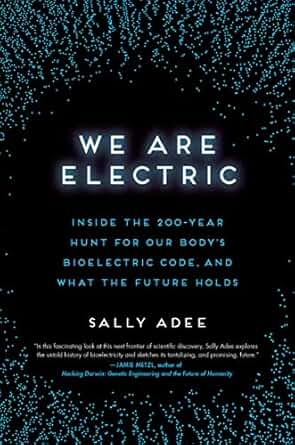
Bite the inside of your lip a little. Not painfully hard, but just enough that you taste a little something where you bit down. You might think that acrid taste is blood, but you’d be wrong. It’s an electric current generated from your body that repairs the damage you did.
You see, our bodies are electric in ways big and small. In We Are Electric, Sally Adee explains how our bodies rely on electricity to function. From our individual cells to our senses and our brains, everything we do is governed by the interactions between electric currents. Adee provides historical context for how we learned about the electric capacity of our bodies and a scientific breakdown of how these components interact. She uses this knowledge to provide her insight into the future of our electric bodies and how we might use electricity and its manipulation to fight disease and enhance quality of life.
I once heard a neurosurgeon say that some people’s brains were more electric than others. Now, I have a pretty good idea of why. There’s so much to learn about the human body, but reading about it through glasses with electric lenses will provide a unique perspective that might surprise you.
The Night Circus
by Erin Morgenstern
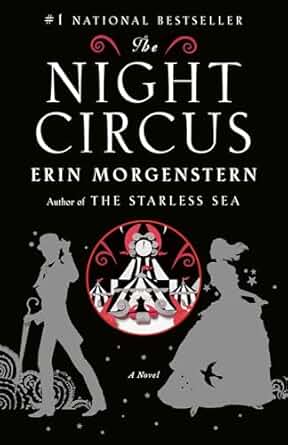
After a few friends told me this was their favorite book of all time, I couldn’t resist diving in. Simply put, The Night Circus is one of the most imaginative novels I’ve ever read. Morgenstern’s ability to paint a picture of such a unique scene in the mind is unmatched, even with such whimsical and mysterious characters.
In this book, you’re placed in the middle of a multi-generational rivalry between magicians centered on a traveling circus that only wakes up for visitors at night. This book is pure enchantment from cover to cover. Speaking of the cover, the book is also beautiful. I’ve rarely seen a novel that was put together with so much care for the visual details. My copy is sitting in my library, outward facing.
I enjoyed The Night Circus so much that I immediately read Morgenstern’s The Starless Sea immediately after. While I didn’t enjoy it quite as much, the same imaginative style persisted across both books. If you’re only going to pick one, start with her original.
The Maniac
by Benjamin Labatut
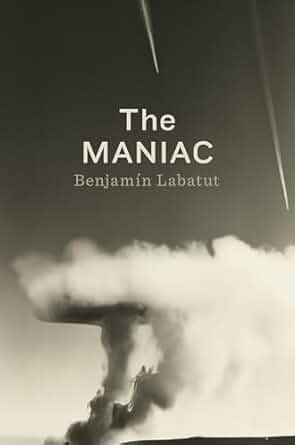
If you’ve read my prior Best Book posts, you’ll recognize Benjamin Labatut’s name from my raving review of his When We Cease to Understand the World. When I heard he was writing another book in a similar style, I had to have it.
The story centers around John von Neumann and others who created the atomic bomb. The Maniac is a work of fictional history, wherein the author takes a real story and uses some accurate details while tweaking different aspects of reality to make a more compelling novel. That isn’t a particularly radical idea in literature. Still, Labatut does this in an incredibly thought-provoking way and compels the reader to think about history, science, and humanity in ways I’ve not experienced elsewhere. Several times while reading, I had to stop and think, write down some ideas, and even pause for a day to discuss what I was reading with colleagues. I’m on the hook for anything Benjamin Labatut writes in the future.
Next Year
My mind goes a lot of places, and I’m enthusiastic about several things on my reading list for 2025 and their potential to take me further down those rabbit holes. Even more, it’s the experiences I’ll have and the people I’ll meet who will lead me to curious discoveries I’m most eager for.
Did you have a favorite book you read this year or a recommendation you think I’d like? If so, I’d love to hear about it in the comments or on social media.
Great list, thanks for sharing. I’m a Buddhist and have read several books by the Dalai Lama, just bought The Universe in a Single Atom in paperback (to cherish it more than a Kindle edition).
One book I would recommend is Horse, by Geraldine Brooks. I will not even try to better than this from its listing on Amazon:
“Brooks’ chronological and cross-disciplinary leaps are thrilling.” —The New York Times Book Review
“Horse isn’t just an animal story—it’s a moving narrative about race and art.” —TIME
“A thrilling story about humanity in all its ugliness and beauty . . . the evocative voices create a story so powerful, reading it feels like watching a neck-and-neck horse race, galloping to its conclusion—you just can’t look away.” —Oprah Daily
Winner of the Anisfield-Wolf Book Award, the Dayton Literary Peace Prize, and the Dr. Tony Ryan Book Award · Finalist for the Chautauqua Prize · A Massachusetts Book Award Honor Book
A discarded painting in a junk pile, a skeleton in an attic, and the greatest racehorse in American history: from these strands, a Pulitzer Prize winner braids a sweeping story of spirit, obsession, and injustice across American history